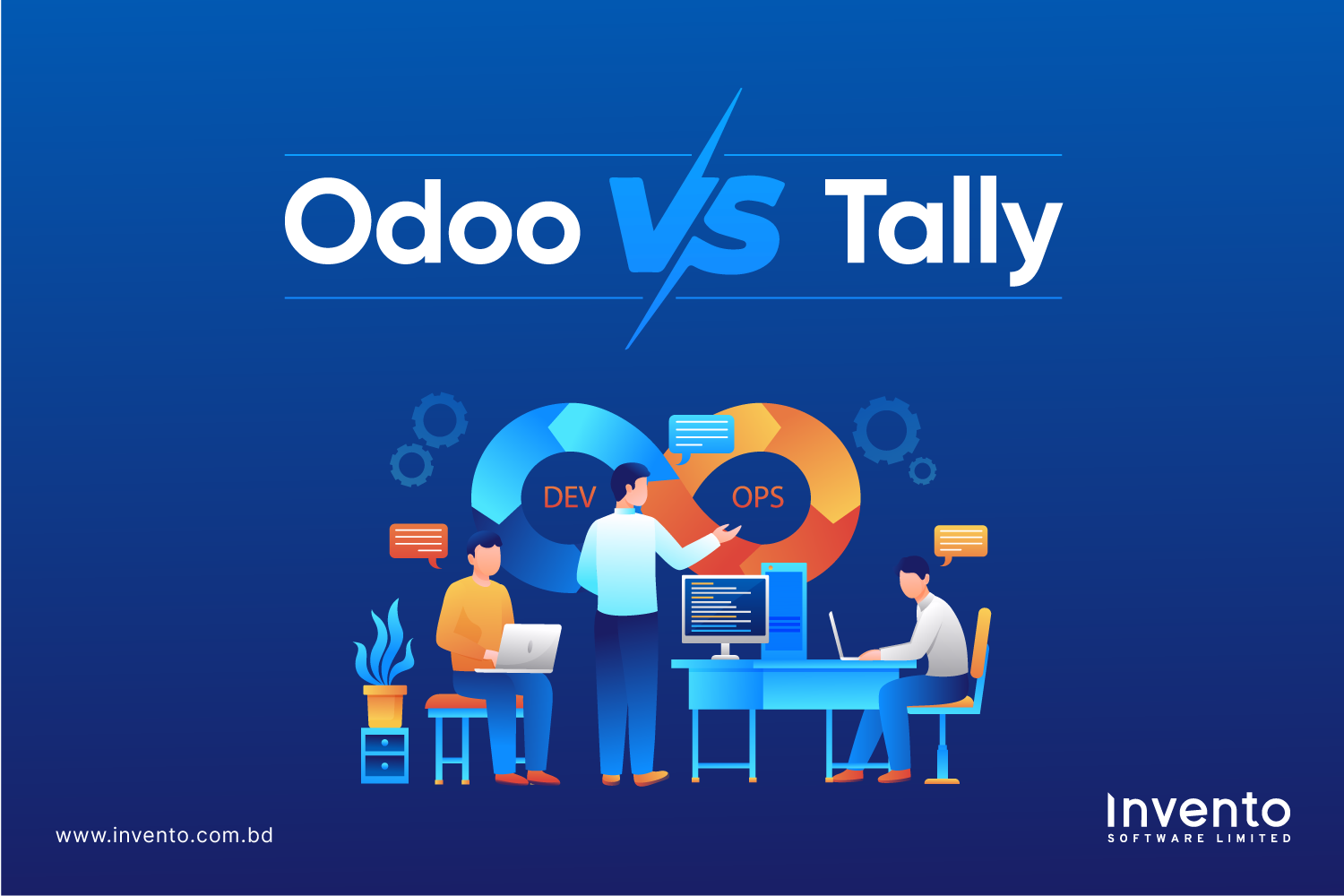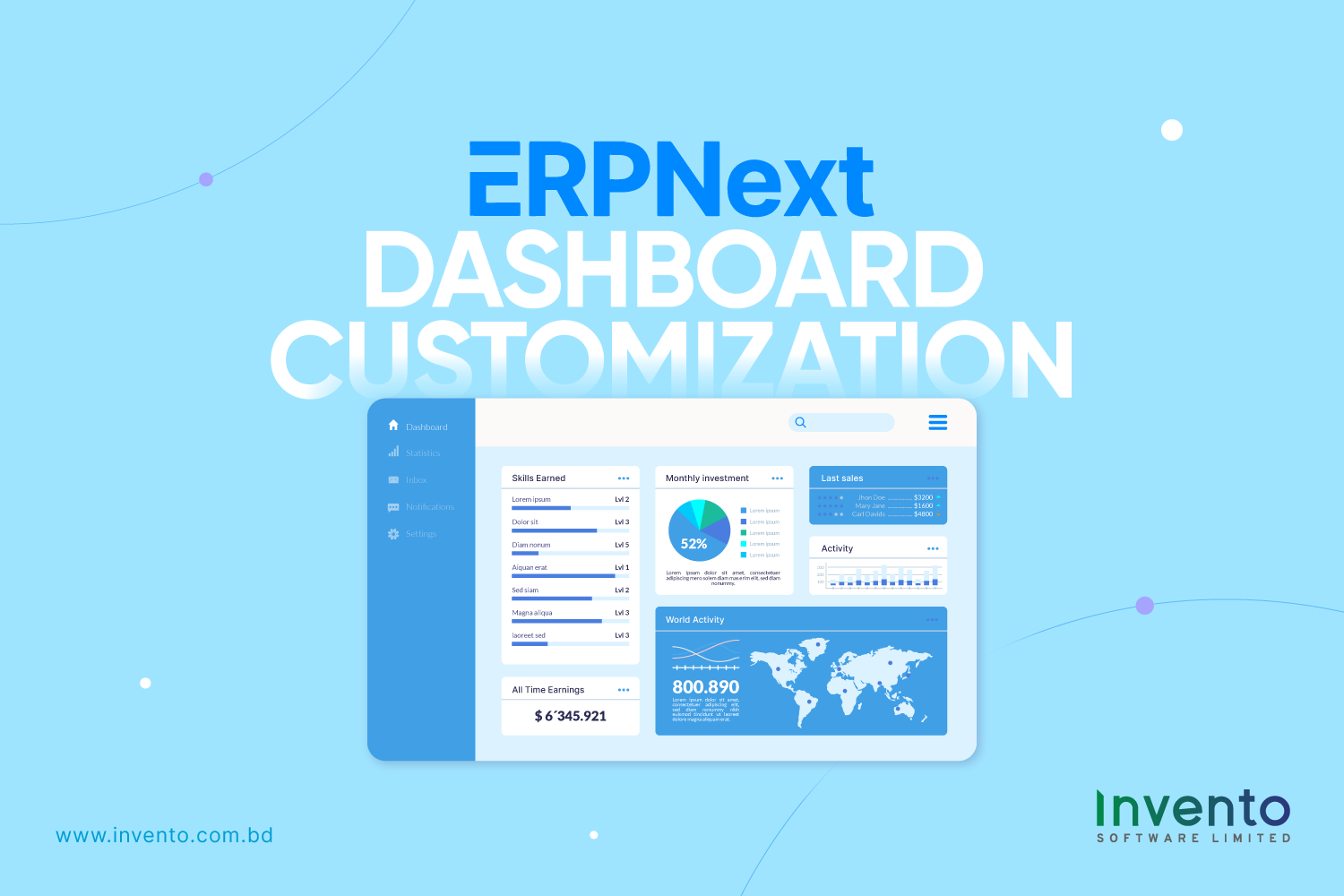The success of a product depends not only on how it looks but also on how it feels to use. That’s where UI (User Interface) and UX (User Experience) come in.
Although people often use these terms interchangeably, they represent two distinct disciplines that work hand in hand to create meaningful digital experiences. While UI focuses on the visual and interactive elements users see on screen, UX ensures that every interaction feels smooth, logical, and satisfying.
We believe great design happens at the intersection of form and function. A visually stunning product with poor usability frustrates users, while a well-functioning product with weak visuals fails to engage them. The harmony between UI and UX is what turns technology into a truly human experience.
What is UI (User Interface)?
User Interface (UI) refers to the visual and interactive elements of a digital product. This includes buttons, menus, icons, typography, colors, images, and even micro-interactions like hover effects or loading animations. UI is all about creating interfaces that are aesthetically pleasing, consistent, and intuitive, allowing users to navigate and interact effortlessly.
UI is more than just making a product “look good.” It is the bridge between the user and the functionality of a product. A well-designed UI communicates hierarchy, guides user behavior, and enhances accessibility. At Invento, our UI designers carefully select colors, fonts, and layouts to align with brand identity while ensuring that every element supports usability, consistency, and a seamless digital experience.
What is UX (User Experience)?
User Experience (UX) is the overall journey a user takes when interacting with a product. Unlike UI, which focuses on visuals, UX focuses on how a product works, how users feel while using it, and how effectively it solves their problems. UX encompasses usability, accessibility, information architecture, and interaction design, ensuring that users can complete tasks efficiently and enjoyably.
Our UX team begins with research to understand the target audience, maps user flows, and creates wireframes and prototypes that are rigorously tested. The goal is to design a product that is intuitive, functional, and satisfying, providing an experience that keeps users engaged and coming back.
4 Key UI Design Considerations
Crafting a powerful user interface requires both creativity and precision. Our design experts at Invento focus on these four key pillars to ensure an engaging and consistent visual experience:
1. Page Layout
An intuitive layout helps users understand where to go and what to do. Every pixel counts, from header placement to white space balance, to ensure pages feel organized, natural, and easy to explore.
2. Color Scheme and Typography
Colors and fonts are more than aesthetic choices; they shape a brand’s identity and user comfort. Invento’s designers carefully select color palettes and typefaces that align with brand guidelines, enhance readability, and maintain accessibility standards.
3. Interactive Elements
Buttons, sliders, and menus are the touchpoints of any digital product. An effective UI ensures these interactions are fluid and intuitive, guiding users effortlessly from one action to the next.
4. High-Fidelity Prototypes
While UX designers often build wireframes, UI designers transform them into lifelike, interactive prototypes. At Invento, we create high-fidelity designs that bring products to life, helping stakeholders visualize exactly how the final product will look and behave.
5 Steps to a Successful UX Design Process
If UI is the look, UX is the logic. A thoughtful UX process ensures that every visual element serves a clear purpose and that the user’s journey feels natural and efficient. Here’s how Invento’s design team approaches it:
1. User and Market Research
Before designing anything, we start with understanding the audience. Our UX specialists conduct user interviews, surveys, and competitor analysis to uncover user behaviors, preferences, and challenges. This insight helps us define clear design goals and create user personas that guide every design decision.
2. Information Architecture
Once user needs are clear, we organize the product’s structure. Information Architecture (IA) maps how content, pages, and features connect, helping users find what they need quickly. We use flowcharts and site maps to plan the most logical and friction-free paths.
3. Wireframes and Prototypes
With IA in place, we translate ideas into simple, low-fidelity wireframes that define structure without distractions. These wireframes then evolve into interactive prototypes, allowing teams to visualize user flow and test early concepts collaboratively.
4. Testing and Refinement
Real users are the best judges of a design’s success. We run usability tests to observe how users interact with prototypes, identify bottlenecks, and refine designs until every journey feels seamless.
5. Continuous Improvement
A great UX design never stops evolving. After launch, we analyze user feedback and performance data to make iterative improvements.
For example, if analytics reveal users abandoning checkout midway, our UX experts simplify that process to enhance conversion rates.
Do You Really Need a Dedicated UI Designer?
Many startups initially skip hiring a dedicated UI designer, but that often proves short-sighted.
As Invento’s design consultants explain, graphic designers may handle visuals, but UI designers specialize in creating interactive, accessible, and responsive digital experiences.
They ensure that design decisions work flawlessly across screens, devices, and user types, bridging the gap between creativity and functionality.
How to Recognize Successful UX Design
So how can you tell if your product’s UX is truly effective? According to industry leader Peter Morville, successful UX design can answer “yes” to these seven questions:
- Is it useful — does it fulfill a need?
- Is it usable — is it simple to navigate?
- Is it desirable — does it evoke positive emotion?
- Is it findable — can users locate content easily?
- Is it accessible — can everyone, including those with disabilities, use it?
- Is it credible — does it inspire trust?
- Is it valuable — does it benefit both the user and the business?
When a design meets all seven criteria, it doesn’t just work it thrives.
Where UI and UX Overlap
Although they serve different functions, UI and UX are two sides of the same coin.
At Invento, our teams collaborate daily to merge visual beauty with strategic functionality.
Here’s where they naturally overlap:
1. User-Centered Design
Both UI and UX start with empathy. Understanding users’ goals, frustrations, and behaviors ensures the final product truly serves them.
2. Cross-Functional Collaboration
Our UI and UX designers work closely with developers, product managers, and marketers. This collaboration ensures every design decision aligns with business objectives and user satisfaction.
3. Shared Tools and Processes
UI and UX designers use many of the same tools, like Figma, Adobe XD, or Sketch, for wireframing, prototyping, and testing. This shared toolkit fosters alignment and efficiency.
Enhance UI and UX with Invento
At Invento Software Limited, we don’t just design interfaces; we craft experiences.
Our approach combines strategic UX research with creative UI design to build digital products that are intuitive, visually appealing, and performance-driven.
Whether you’re launching a new mobile app, redesigning a website, or building enterprise software, our design team ensures every click, swipe, and interaction feels effortless and impactful.
Through collaboration, testing, and continuous improvement, we help brands transform ordinary interfaces into exceptional user experiences.
Final Verdict
The relationship between UI and UX is not about competition; it’s about collaboration. UI gives users a visual and emotional connection, while UX ensures that connection is backed by logic, usability, and purpose. Together, they form the foundation of every successful digital product.
At Invento Software Limited, we treat UI and UX as partners in innovation. Every interface we design is grounded in research, guided by empathy, and refined through data. Our mission is to ensure that every user interaction feels natural, engaging, and rewarding from the first click to the final conversion.
In a world where users expect seamless experiences, businesses that invest in both UI and UX gain a competitive edge. Invento helps brands build that edge by turning ideas into designs and designs into experiences that truly connect with people.







